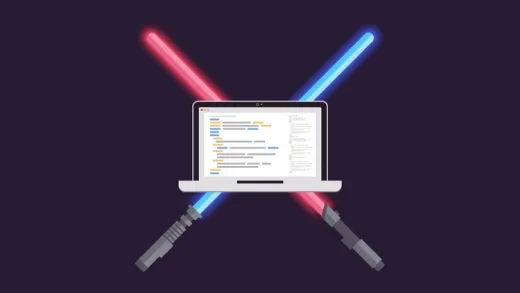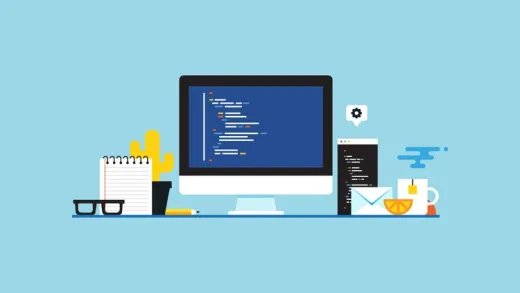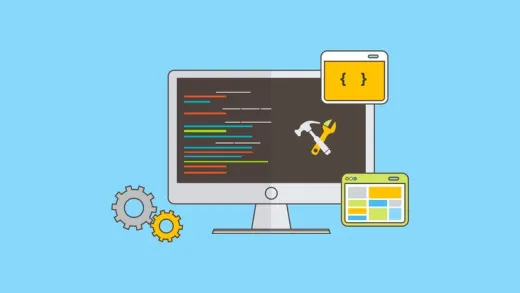Brief Summary
This course is all about teaching you how to create a RESTful API using Go, while exploring the basics of web services and microservices. You'll have a blast!
Key Points
-
Understand REST architecture and its six constraints.
-
Learn how to use Go for building scalable applications.
-
Get hands-on experience with MongoDB for data storage.
Learning Outcomes
-
Ability to build RESTful APIs using Go.
-
Knowledge of the architectural principles of REST.
-
Experience with MongoDB as a data store for your applications.
About This Course
Go: the Great Stack for RESTful Services
Representational State Transfer (REST) is an architectural style for building scalable web services. RESTful
systems typically communicate over the Hypertext Transfer Protocol (HTTP) by using HTTP verbs. The REST
architectural style was first described by Roy Fielding in his doctoral dissertation, in which he described six
constraints applied to the REST architecture.
Here are the six constraints described by Roy Fielding:
• Uniform interface
• Stateless
• Cacheable
• Client-server
• Layered system
• Code on demand (optional)
Go is a great technology stack for building applications with the Microservice pattern and its
design philosophy intersects with the Microservice architecture pattern. The idiomatic approach of Go
programming is to develop small pieces of software components as packages and then build applications by
composing these packages.









Santosh
No audio